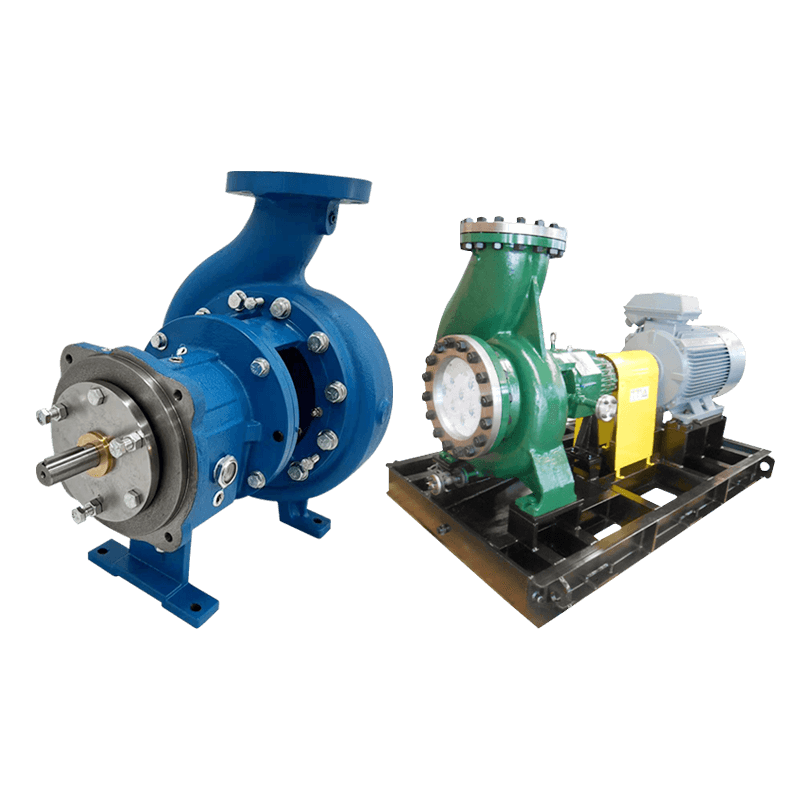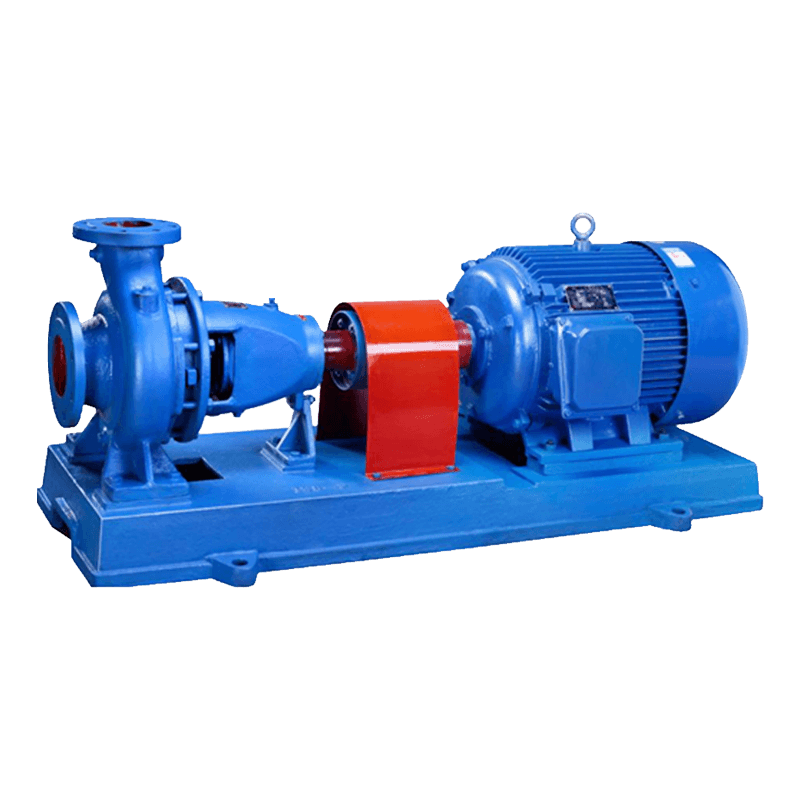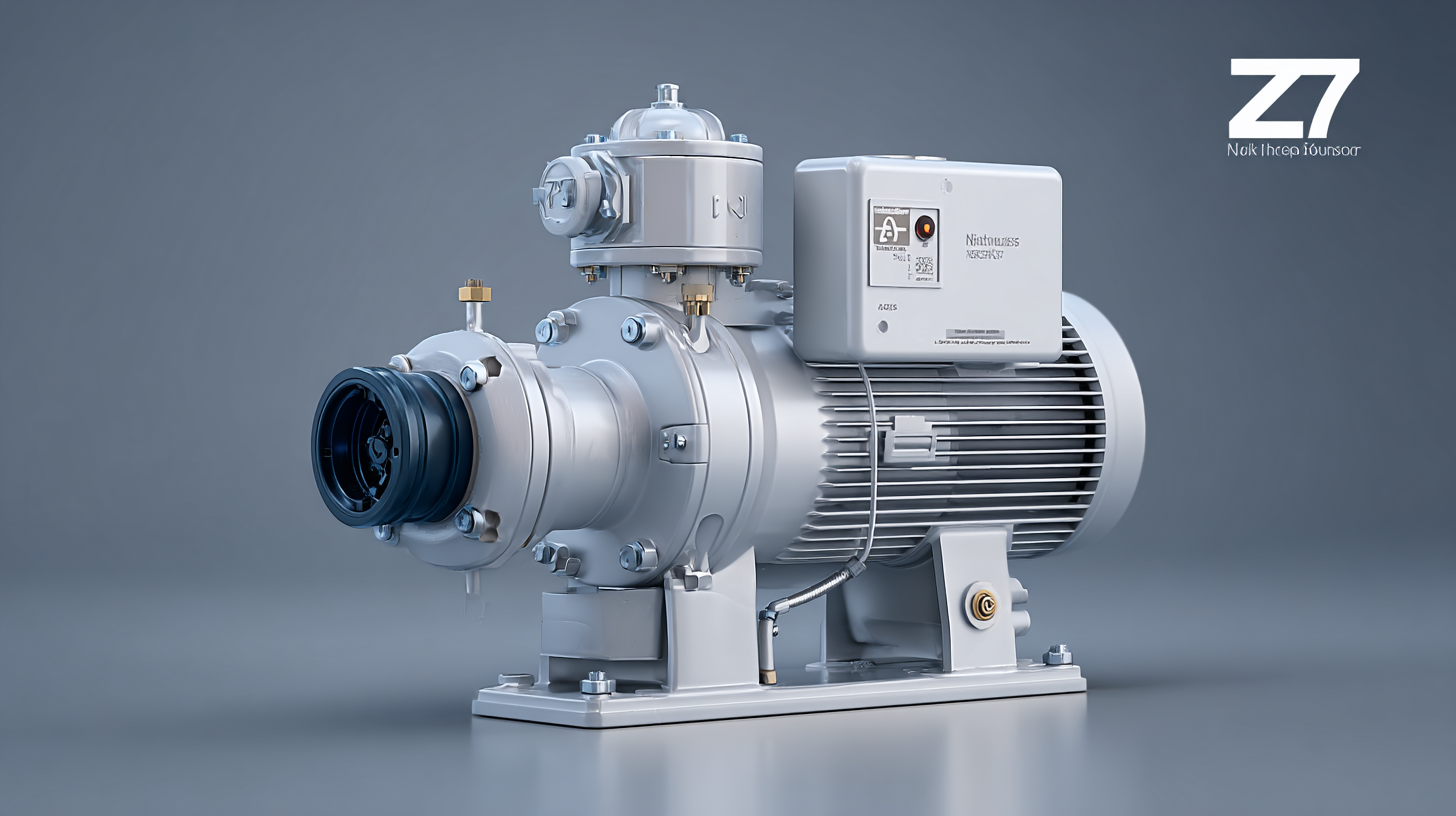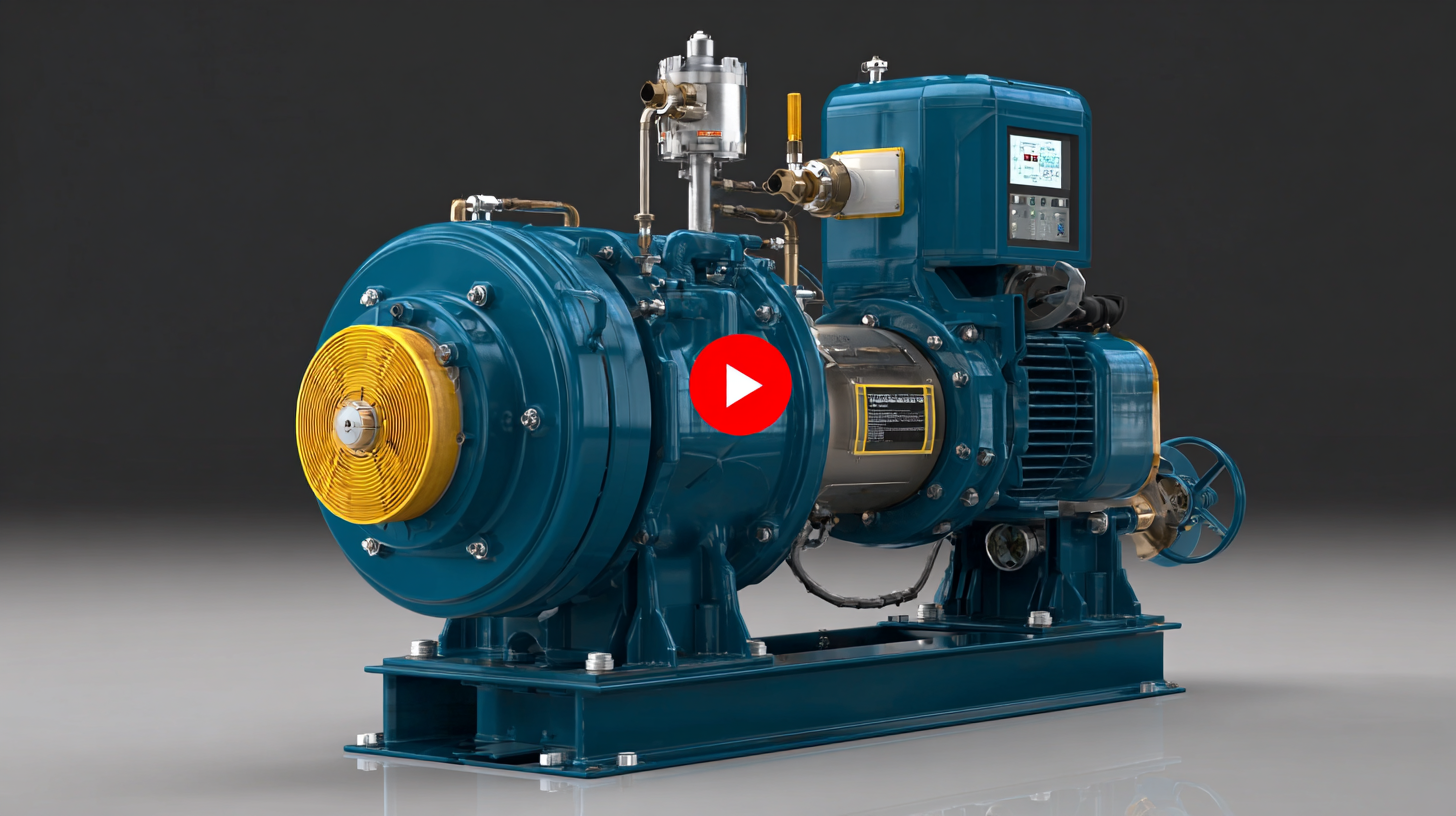- English
- русский
- Español
- Français
- 日本語
- Deutsch
- tiếng Việt
- Italiano
- Nederlands
- ภาษาไทย
- Polski
- 한국어
- Svenska
- magyar
- Malay
- বাংলা ভাষার
- Dansk
- Suomi
- हिन्दी
- Pilipino
- Türkçe
- Gaeilge
- العربية
- Indonesia
- Norsk
- تمل
- český
- ελληνικά
- український
- Javanese
- فارسی
- தமிழ்
- తెలుగు
- नेपाली
- Burmese
- български
- ລາວ
- Latine
- Қазақша
- Euskal
- Azərbaycan
- Slovenský jazyk
- Македонски
- Lietuvos
- Eesti Keel
- Română
- Slovenski
- मराठी
- Srpski језик
- Português










 Data analytics is revolutionizing the way we approach industrial pump performance and lifecycle management. With the integration of advanced data collection technologies, companies can monitor pump operations in real-time, identifying inefficiencies that may lead to increased energy consumption or premature failures. By leveraging data analytics, organizations can analyze historical performance trends, predict potential issues, and implement proactive maintenance strategies. This shift from reactive to predictive maintenance not only minimizes downtime but also extends the lifespan of pumping systems.
Data analytics is revolutionizing the way we approach industrial pump performance and lifecycle management. With the integration of advanced data collection technologies, companies can monitor pump operations in real-time, identifying inefficiencies that may lead to increased energy consumption or premature failures. By leveraging data analytics, organizations can analyze historical performance trends, predict potential issues, and implement proactive maintenance strategies. This shift from reactive to predictive maintenance not only minimizes downtime but also extends the lifespan of pumping systems.